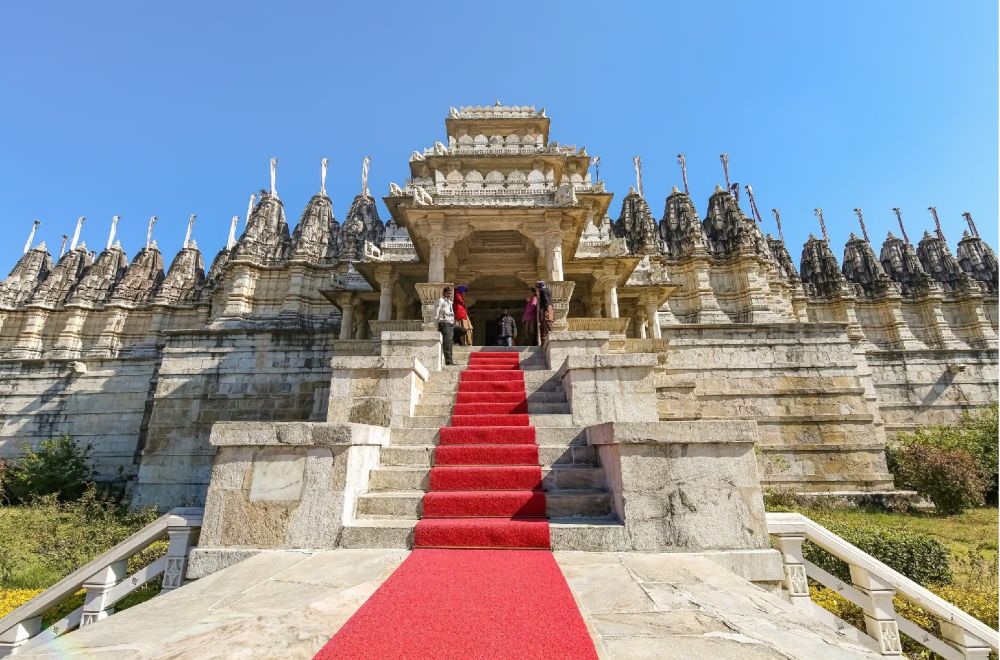

The Dilwara Jain Temples, located in the scenic hill station of Mount Abu in Rajasthan, India, represent an illustrious era of architectural brilliance and religious significance in Jainism. These temples are considered by many to be one of the most beautiful Jain pilgrimage sites in the world, and they play a vital role in the history of tourism in Mount Abu and Rajasthan as a whole.
Constructed between the 11th and 13th centuries CE, the Dilwara Temples are a complex of five major sections dedicated to different Jain Tirthankaras. The temples are renowned for their intricate marble carvings and the use of precious stones and metals, which exemplify the aesthetic sensibilities and the advanced craftsmanship of the period.
The allure of the Dilwara Jain Temples has historically attracted visitors from all over India and beyond. Initially a pilgrimage site for the followers of Jainism, the temples' reputation for splendid artistry has, over time, turned them into a must-visit location for tourists with an interest in history, architecture, and religion. The tourism boom was further bolstered by the establishment of Mount Abu as a hill station by the British during colonial times, which made it a popular summer retreat.
In recent years, the temples have seen a steady flow of national and international visitors. To showcase the cultural heritage and maintain the sanctity of the temples:
While photography is not allowed inside the temple premises to protect the delicate carvings and provide a serene atmosphere for worship, the temples themselves remain one of the quintessential examples of Jain architecture, which continues to fascinate the world with its elegance and purity. The Dilwara Jain Temples continue to be a centerpiece for tourism in Rajasthan, attracting visitors looking for both spiritual enrichment and a glimpse into India's rich historical tapestry.